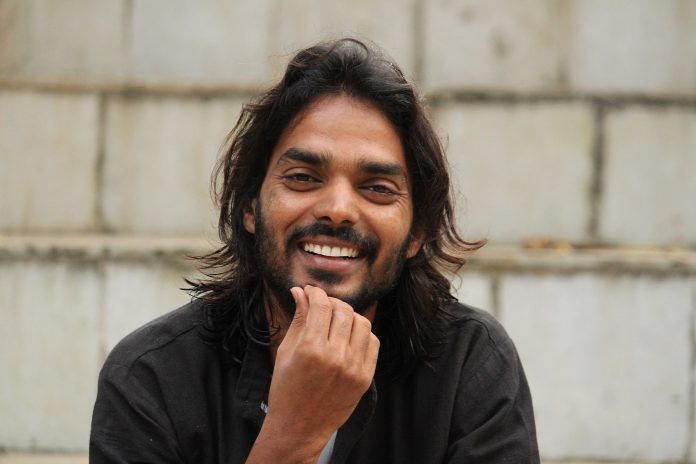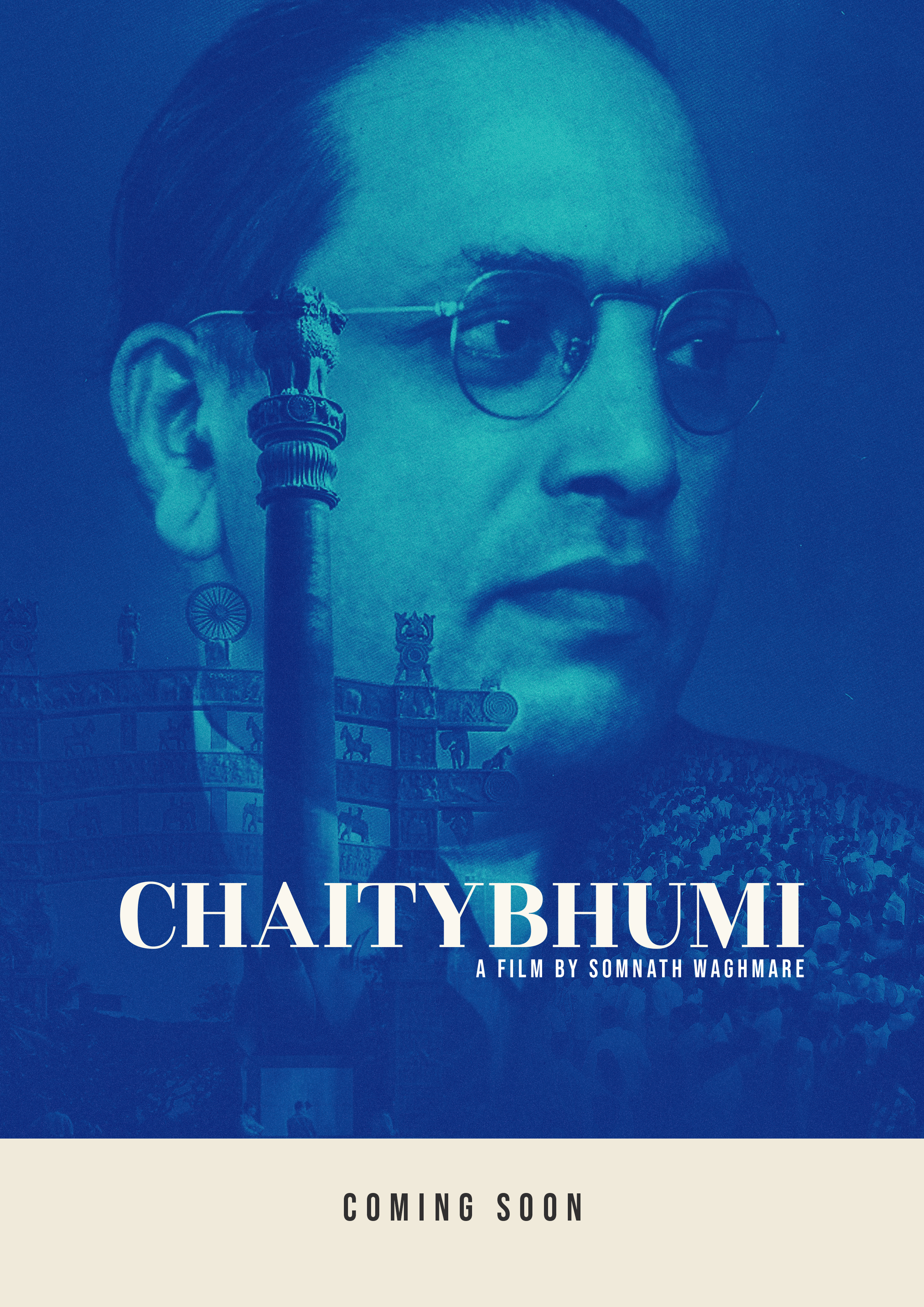
In this interview with TwoCircles.net, acclaimed documentary filmmaker Somnath Waghmare talks about the production of films and the social landscape that constitutes film-making in India.
Nikita D | TwoCircles.net
Films are a potent visual medium with the capacity to fascinate and influence viewers profoundly. Today, we cannot think of culture and popular discourse without looking at the cinema that is viewed by millions of people. Both what happens on-screen and off-screen have immense social relevance.
Documentary films aim to capture the real world around us and showcase realities and histories in the form of motion pictures. Sometimes these realities are such that attempts are made to erase them. Other times, it shows viewers what is right in front of them but for some reason, they cannot see it.
TwoCircles.net spoke to one such documentary film-maker Somnath Waghmare, who through his work, has portrayed the lives of people who have historically been denied a space in the mainstream discourse to share their stories and culture.
Somnath Waghmare is a PhD scholar at the Tata Institute of Social Sciences (TISS), Mumbai, and a documentary filmmaker. The focus of Waghmare’s work is the social lives, struggles, assertions and cultures of the Dalit community, who have faced and continue to face violence and dominance from caste Hindus in the Indian society.
Waghmare’s most acclaimed film, ‘The Battle of Bhima Koregaon’, has been screened across India and abroad. The film is a critical and well-researched source of information about the history and the people of the place.
Waghmare’s other film, ‘I am not a Witch’, showcases the story of an old Adivasi woman in the Nandurbar District of Maharashtra, who has been branded as a witch and shunned from her village and home. The film depicts the violent tradition of witch-branding that is used by men to oust women who they consider dangerous either because they have property or because they are living without the protection of a man.
Following are excerpts from the interview:
How do you view the relationship between an art form like film and politics? How do you think the medium of films has been used to represent and shape identities?
We need to look keenly at the cinema being produced in India. Cinema as an art is a form of knowledge production. We need to see who asserts dominance in this area of knowledge production. It is the people of dominant castes. Any art form in India – be it literature, art, or film is in the control of a particular social group that dominates their production. If we look at Bollywood, without saying anything, it propagates the ideology of the dominant culture through its films to the masses. For shaping the political ideology of individuals, cinema is a very significant medium. Historically dominant groups have used the medium to further their cause. Every film is a political film. There is no film story that is not political.
How did you come to use this medium?
I am not a full-time filmmaker. Film-making is a medium for privileged people. It has been practised by those who have resources in their family, who have historically belonged to the dominant caste groups. My purpose for making documentaries is to bring the stories of the marginalised into the mainstream discourse. Stories of marginal communities, their histories, and assertions, should come in the mainstream discourse.
Two of your films are available for viewing “I am not a Witch” and “The Battle of Bhima Koregaon.” Can you tell us about your experience of shooting these films?
Shooting documentaries is more difficult than shooting fiction because the latter has a time period, set-up and a big team. But for someone like me with no social capital and family background, shooting is tough. Even a lot of documentary filmmakers have good capital and family background to support their work. But I do not have that. For instance, someone gifted me a camera recently and I have been using that for my work. In the beginning, the sound for the films was recorded on a mobile phone. I did not have any money for recording equipment. This is the biggest difficulty. We somehow make do with the minimal resources we have to make films. There is a word for it in Hindi called ‘jugaad’. If we get better resources and equipment, we will be able to get good technical output. We have content of immense potential. We have global stories. We try to work well with few resources. We have to travel by bus. Most people travel to shooting locations by car. This year, one of my friends was shooting in Mumbai. We roamed around on a bike for 50-60 kilometres to get the shot. We don’t have money to hire cabs. We fund everything by ourselves.
During this process, we meet different people. Some incidents are good, some not so good. But shooting a crowd is very painful. People have varied reactions. But we try not to disturb people. We don’t want it to look like a news story. We want to capture only what is happening. We don’t want to make people uncomfortable or ask them stupid questions. This has always been my goal.
How do you assemble your team for film-making?
This is a very important question. I do not have a professional team. I am part of a group based in Bangalore called Pedestrian Pictures. I go there for post-production. But I do not have any support group in Maharashtra. Here, I am producing my upcoming film ‘Chaityabhumi’. A member of our team works as a driver. He is interested in film-making. He wanted to work on the project and a few other friends too. That’s how the team is made. If we hire a cameraman, we have to pay at least 3000 rupees per day. I do camera work on my own.

Your next film is titled ‘Gail and Bharat.’ What was the inspiration behind this film and what is it that you want to show through this film?
I am a PhD scholar at the Tata Institute of Social Sciences (TISS). I am working on films alongside pursuing my PhD. Right now, I am working on two projects. First is a biopic on Gail Omvedt, who passed away recently. I have been following her since 2018. I followed her for almost 2 years. The other movie is Chaityabhumi which is in the editing phase. I am not getting the time to work on it because of PhD work. The movie is about a gathering in Mumbai that takes place on December 6 every year to commemorate Dr B.R. Ambedkar’s death anniversary. The movie is based on the cultural relevance of that day and event.
The motive behind working on Omvedt is that her work is really interesting. Imagine someone coming from America and writing so much about Phule, Ambedkar, and anti-caste writing. A lot was written in the media about her after her death, but the mainstream discourse does not discuss her work properly. My aim is to document her life for the next generation and produce a good source of information on her. That was the reason why I took up the topic.
I am generally very interested in documentation work especially recording histories, political assertions, social activities etc.
At present, OTT platforms like Netflix, Amazon Prime etc. have come up with new content for the audience. How successful or unsuccessful have they been in portraying Bahujan identities?
These spaces seriously need to think about diversity. Just like in Bollywood, a particular group has control over the production. In the same way, OTT platforms also have a group of people comprising of dominant community members who produce content with no social diversity. There is no space for Dalits, Adivasis, and other minorities. If we look at their context and look at their caste content, we will find dominant caste artists and their stories. I find it very problematic.
The Oscar committee has implemented a diversity policy for Oscar awards. It says that a particular number of Blacks, Asians, Indian Americans have to be there. When will these mediums in India think about this? Because only when diversity is there, will it be considered global content. It is important for the stories to have diversity. They should think and produce and give space to people coming from marginal communities.
Nikita D is an intern with TwoCircles.net.

